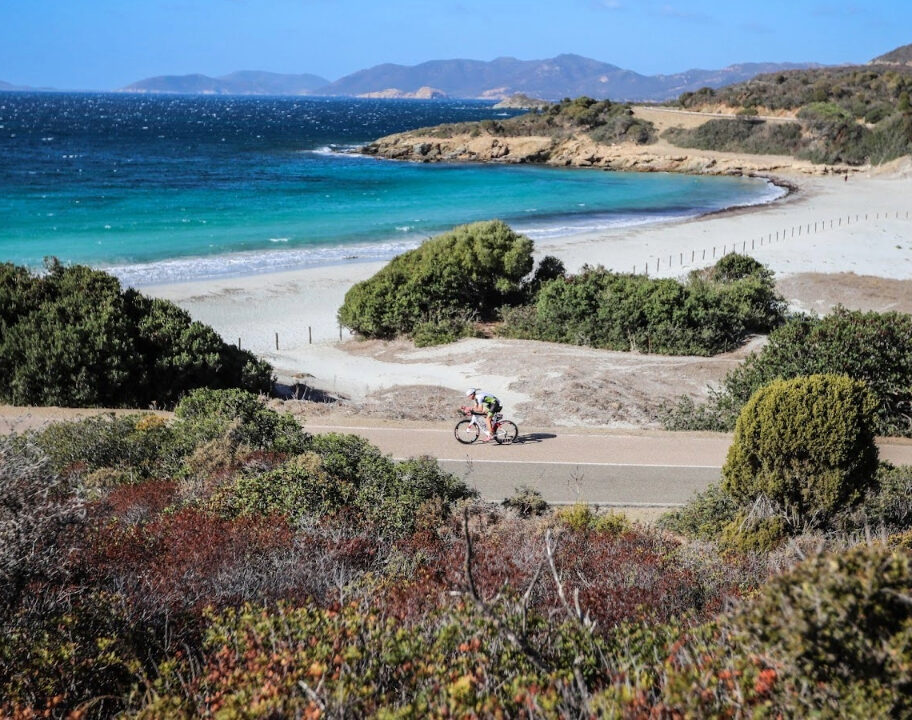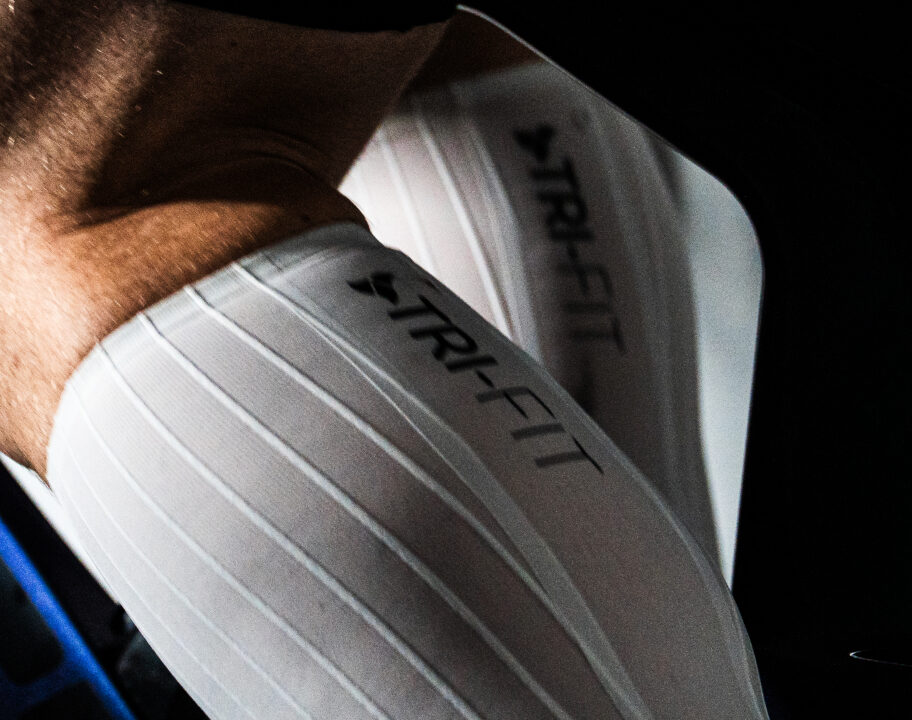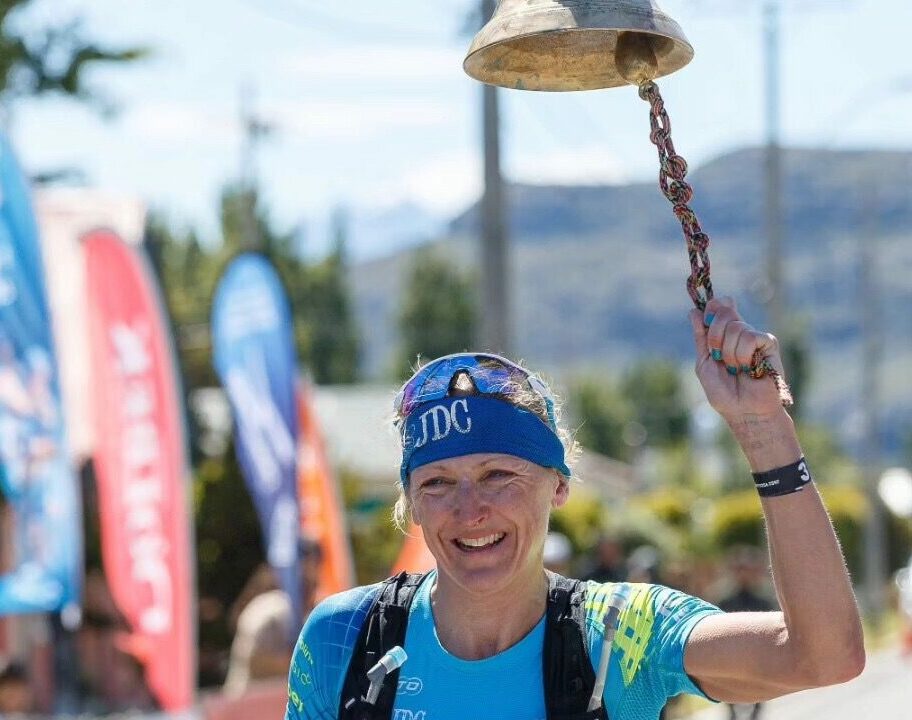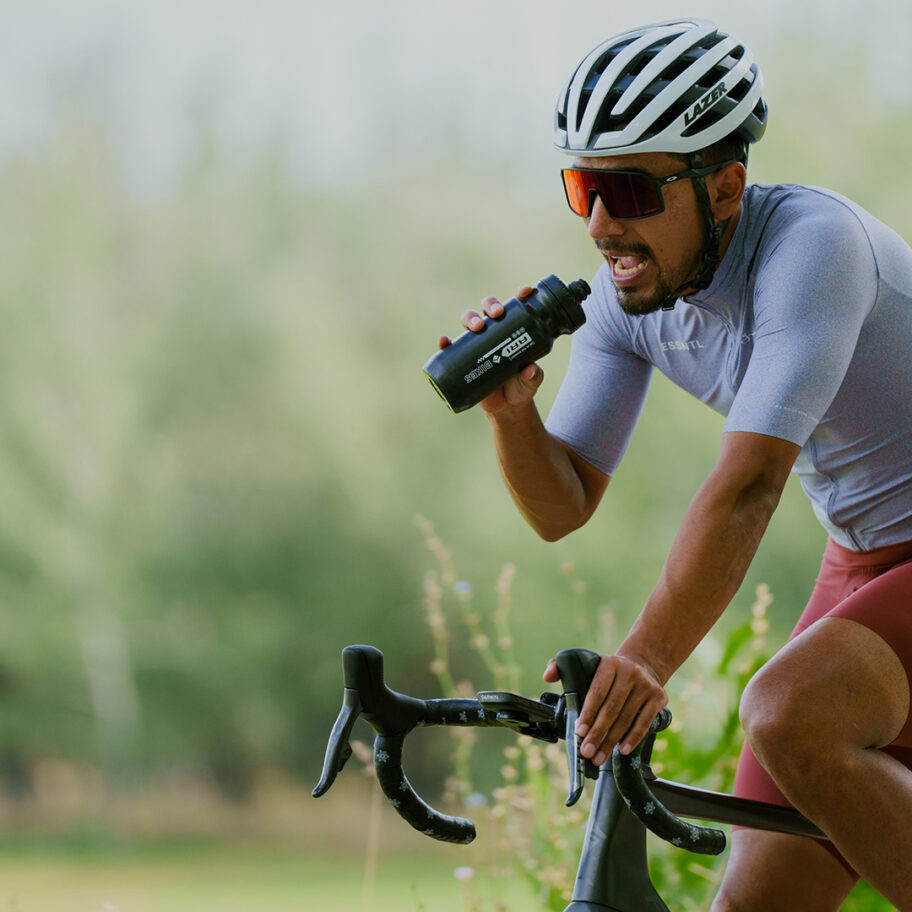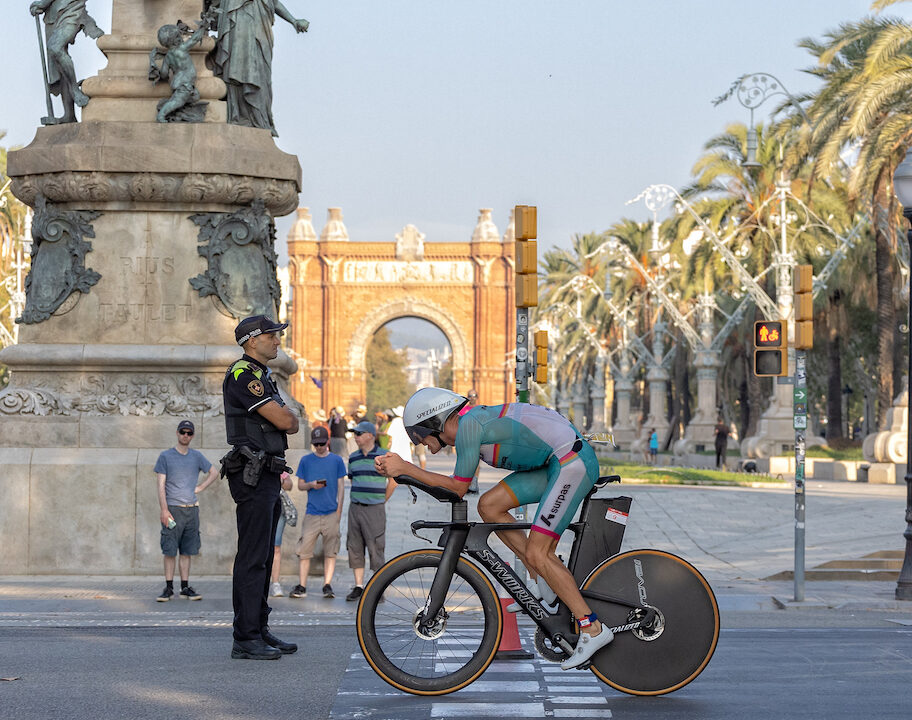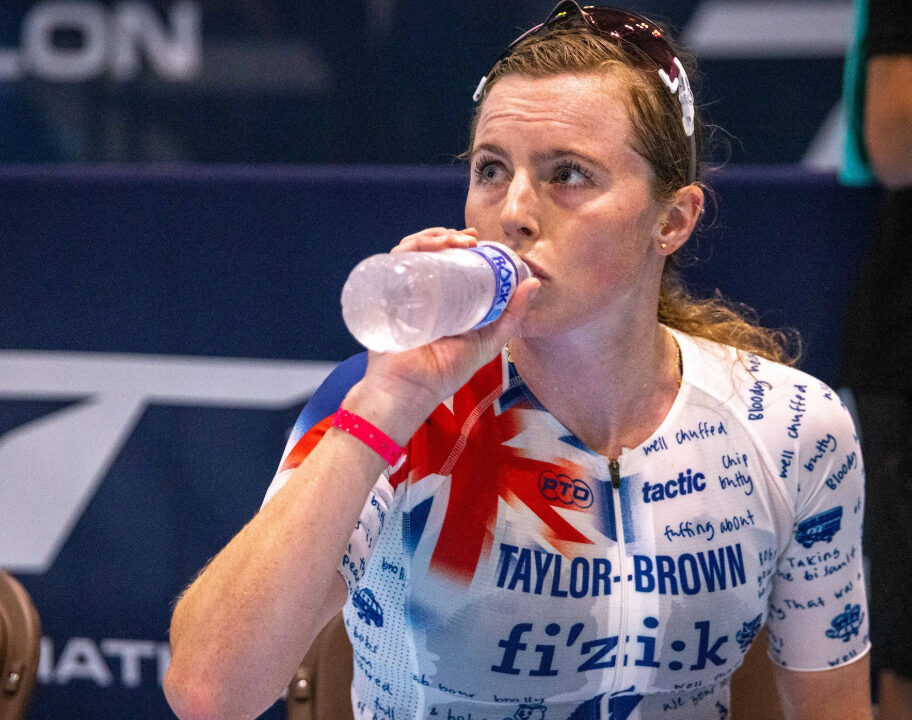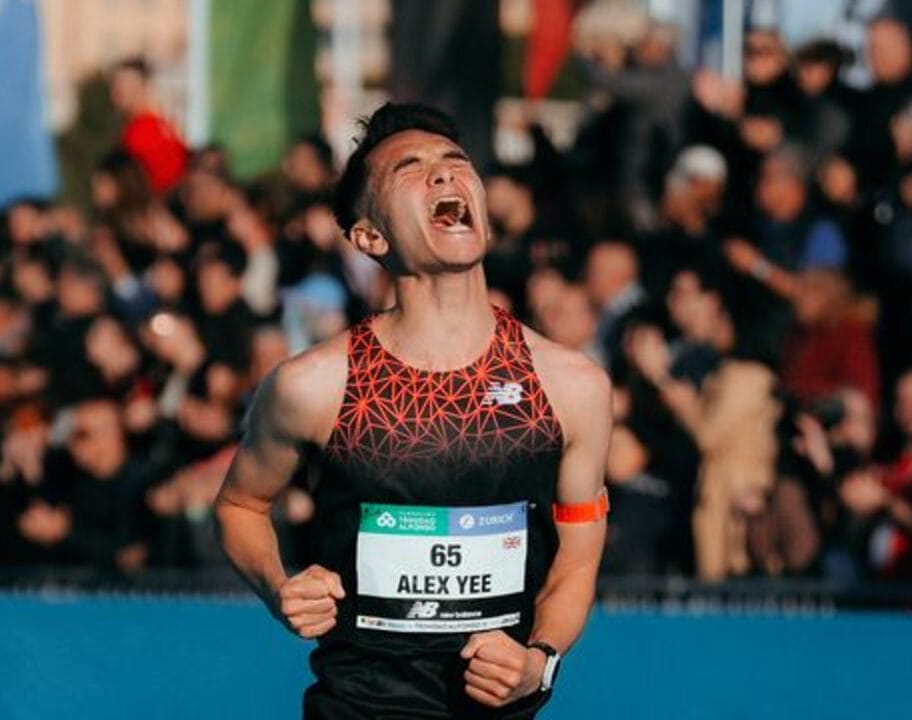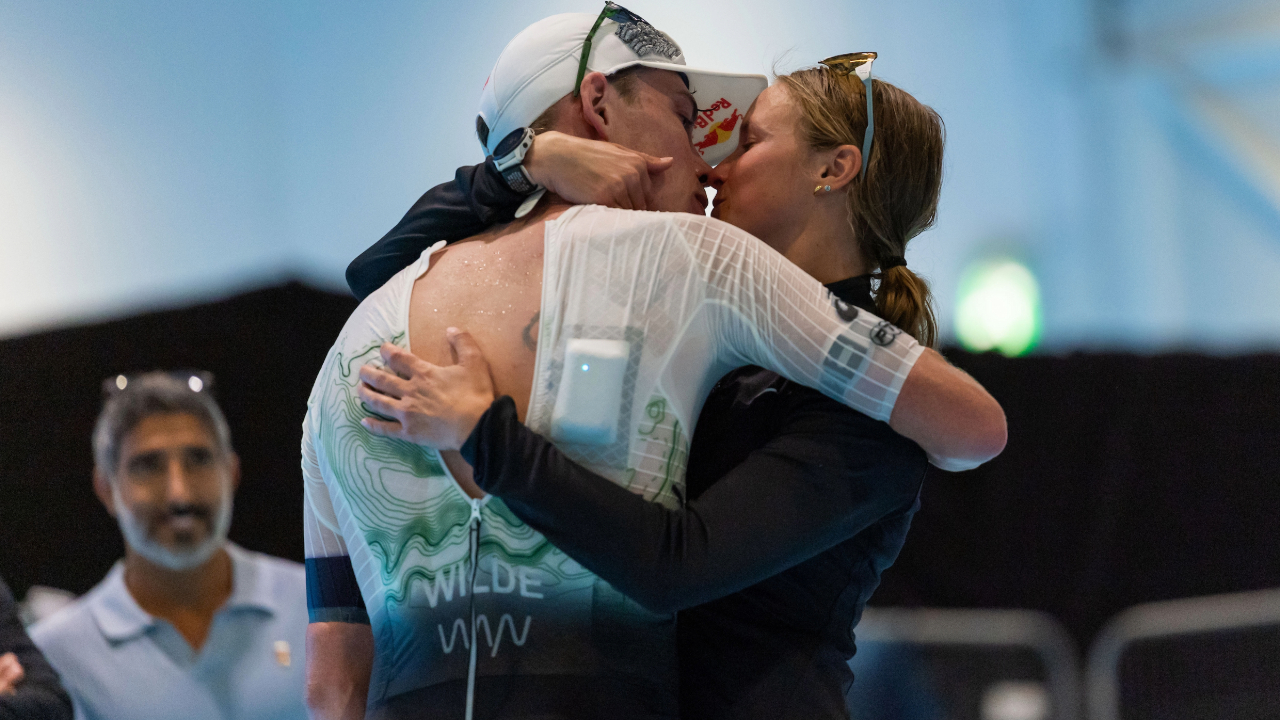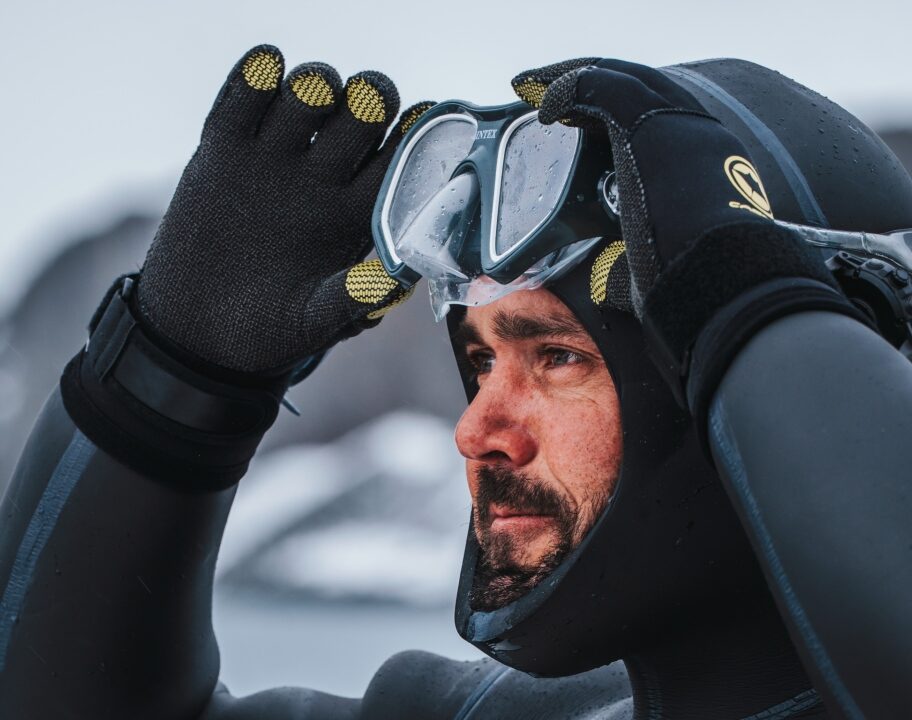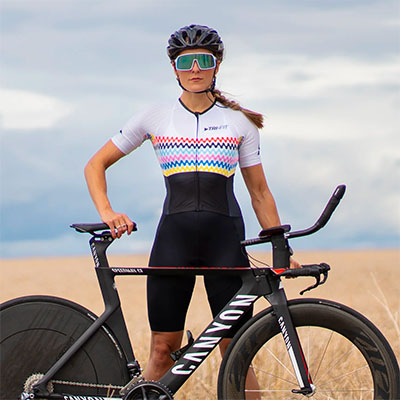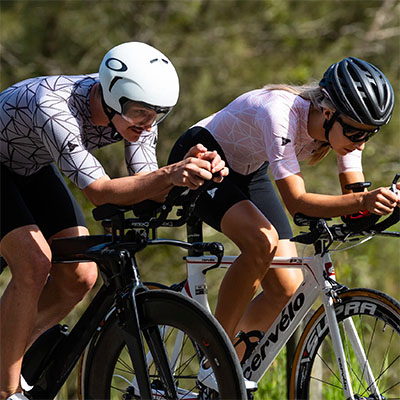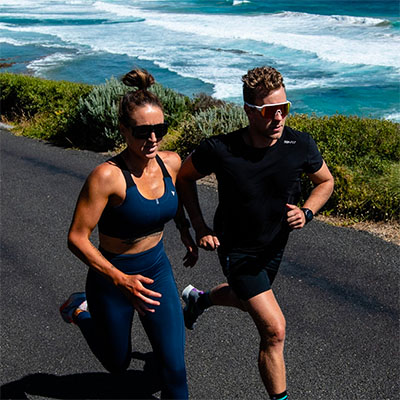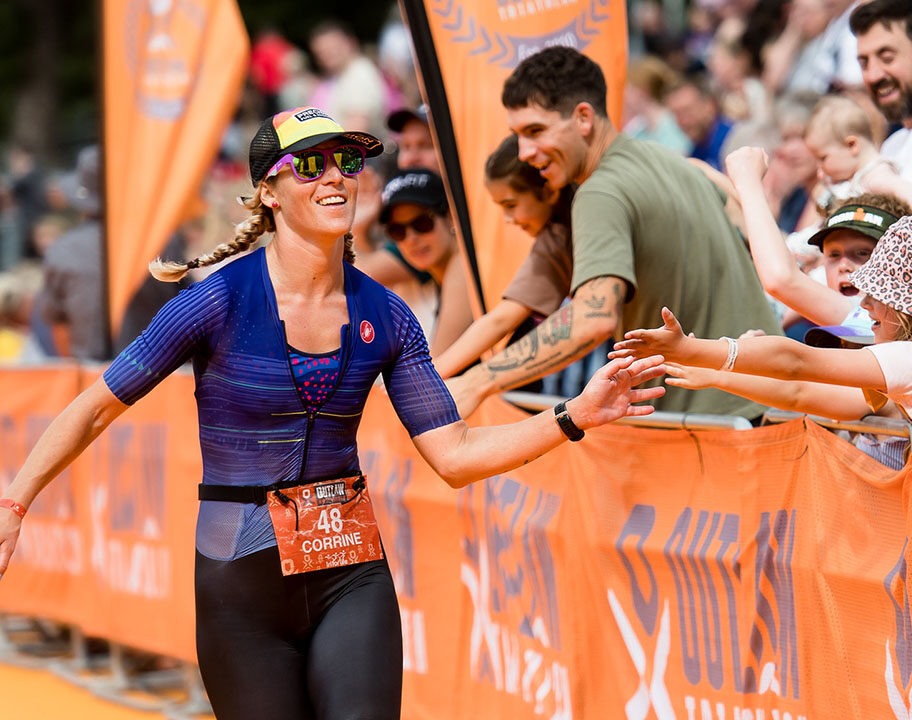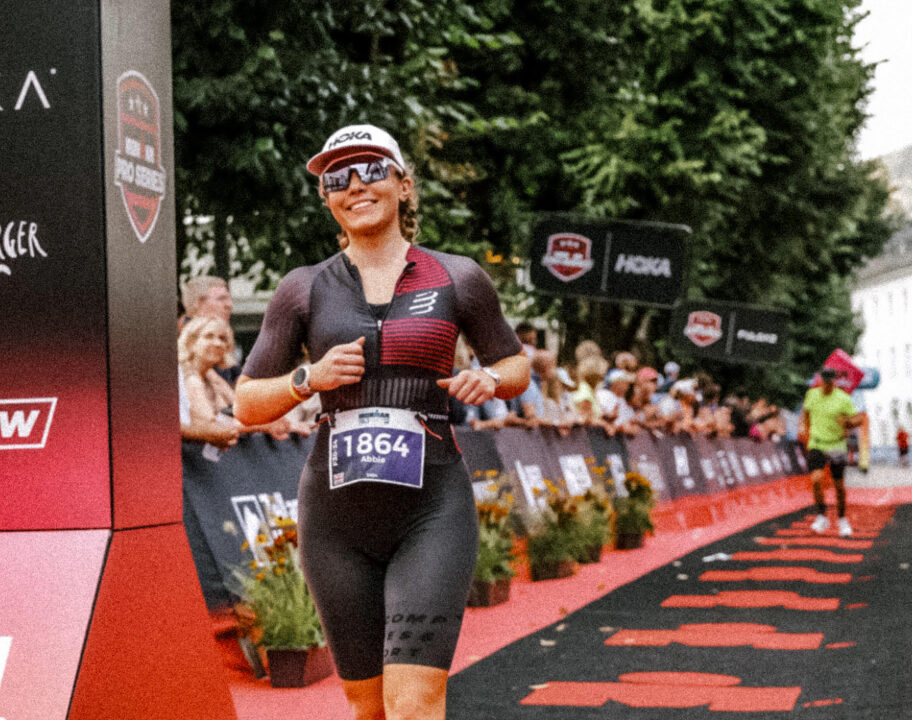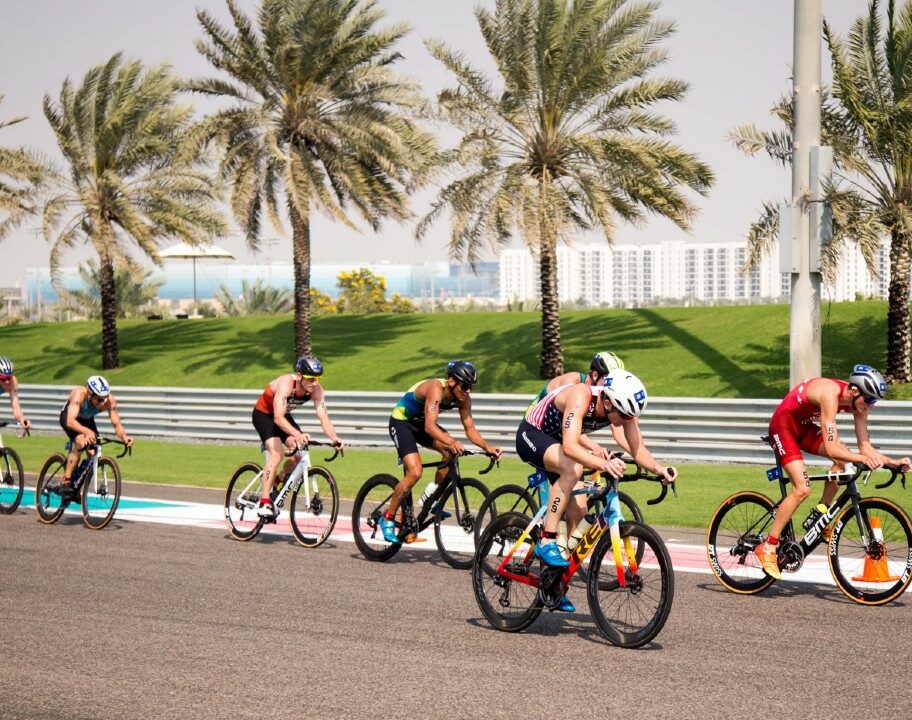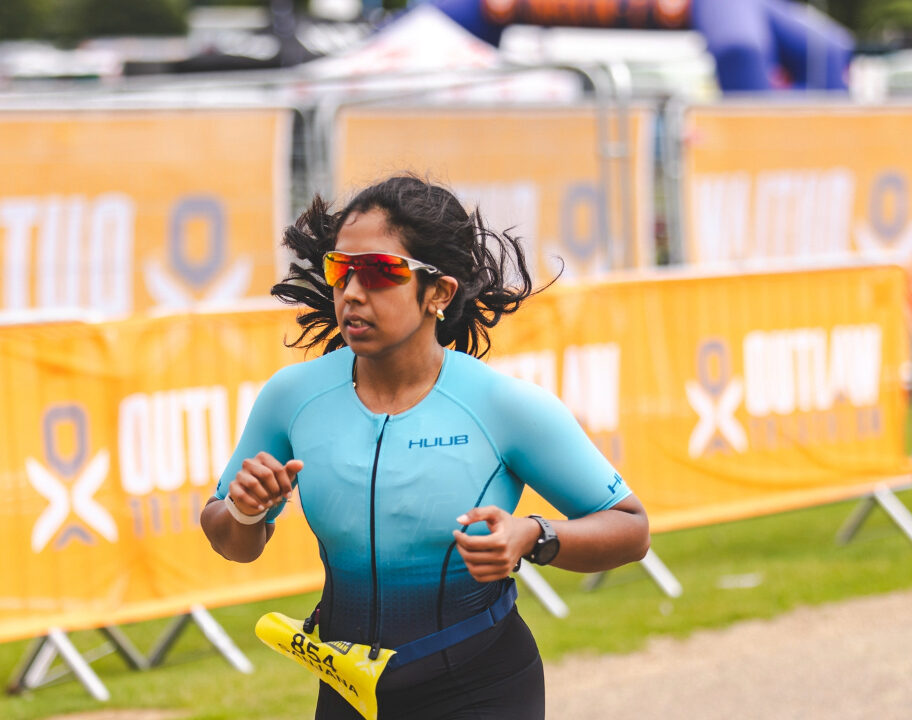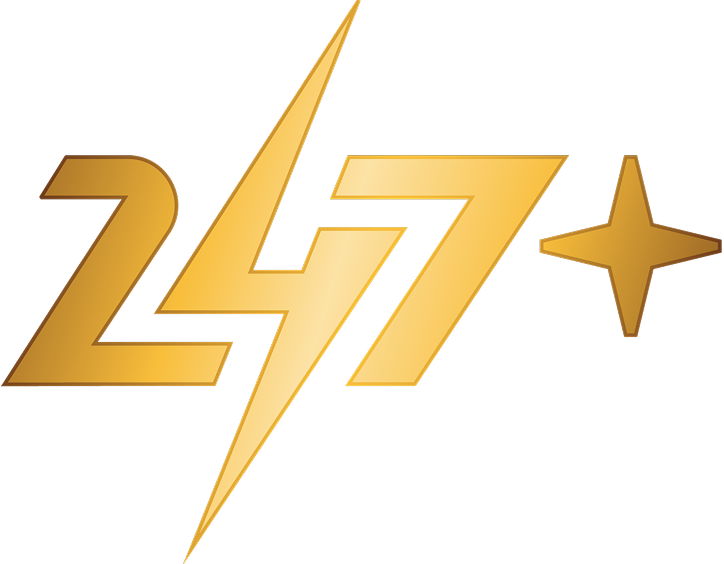In the physio corner this month Physio4life move on from running injuries (in the last couple of months we have looked at plantar fasciitis and Achilles tendonitis) and take a look at one of the most common injuries in cycling, lower bike pain. So for the cyclists out there that are suffering from this very common complaint this article may just have the answers you are looking for to solve your problems and pain.
Low back pain is a common complaint amongst cyclists and there are several studies which confirm this. One such study found that 85% of cyclists suffered from one or more overuse injuries and of those 30.3% suffered with back pain. Cycling aside, it is believed that up to 80% of people will experience low back pain during their lifetime. Those who have experienced low back pain will be aware of how debilitating it can be. Its affects are far reaching, having impact on your work, social life and sports performance.
Most commonly low back pain whilst riding a bike is due to prolonged flexion of the lumbar spine. This can lead to muscle fatigue, chronic tension of ligaments within the spine and compression of the discs. It is important to remember that though the disc may be a source of pain, this does not necessarily mean that it has herniated or ruptured. Pain arising from these structures may be localised within the spine, however it may also refer into the buttocks, groin, thigh and even down to your feet. In longer standing back pain, commonly the pain arises from a multitude of sources.
It must be emphasised that if the pain onset is sudden, severe, shooting, or pins and needles/numbness are also present, you should seek a professional opinion, as there may be a more serious pathology going on.
The following are some suggestions that may help prevent or settle low back pain caused by cycling:
Position on your bike
How you sit on your bike is very important and having the correct set up can’t be stressed enough. If you have not done so already, I would suggest you visit a reputable cycling shop and get this checked out. Check out this article for more information: Bikefitting: black art or science.
Whilst cycling, you should have your spine in a neutral position, which is relatively flat. This can be achieved by rotating your pelvis forwards. Prolonged backward rotation of the pelvis is undesirable as it flexes the spine and as mentioned previously, prolonged flexion of you spine can predispose you to injury. To maintain this position you need good core stability.
Core stability
The lumbopelvic stability muscles not only have to tolerate prolonged flexion of the spine but they also have to provide a stable platform to absorb the massive forces generated by the legs. Each time the legs push down onto the pedals, a force is also directed up into the trunk. You may have noticed that when a cyclist becomes tired they have more uncontrolled movements occurring at their trunk (ie, increases in lumbar flexion, rotation or side flexion) as they push down with their legs. This is because the trunk is not strong enough to absorb the forces from the legs and maintain a neutral spine, which then causes fatigue and back pain. With good core stability, cyclists are better able to control these movements, absorbing the huge forces from their legs more effectively and, therefore, cycle faster!
Transversus abdominus is a very important muscle which provide crucial support to you lumbar spine. It is your deepest abdominal muscle and acts like a corset around your trunk. Studies have shown that people who suffer with low back pain do not have adequate transverses abdominus activation. In addition and probably more importantly, it has been shown that following spinal injuries and once back pain has subsided, this muscle does not automatically reactivate. Therefore, it is paramount that transverses abdominus is retrained following a back injury to prevent re occurrences. We have included a few basic core stability exercises which you may find useful.
Setting of transversus abdominus
Lie on your back with your knees and hips bent. Your back should be in the neutral position (ie, a slight curve in your lumbar spine). Now pull your belly button in towards your spine without any change occurring to your spinal position. Imagine you are pulling your tummy in like you would if you were tightening your belt an extra loop! Ensure the contraction is smooth and that you maintain a normal breathing pattern throughout. Sustain this contraction for ten seconds and repeat ten times.
Once you have a good grasp of this exercise try in different positions like sitting/standing and also whilst on your bike.
Pelvic tilts
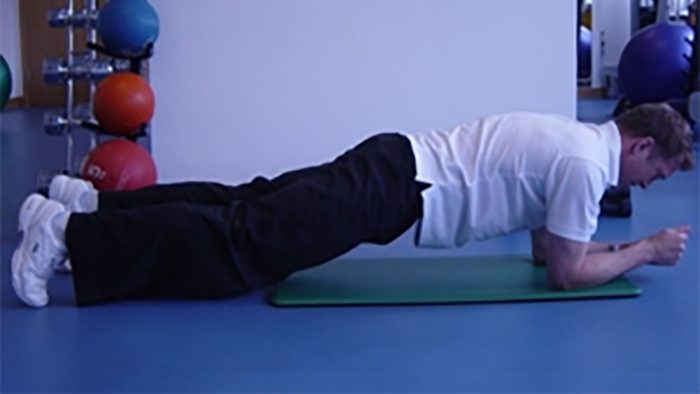
Position as above. Draw in your lower abdominals and now slowly rotate the pelvis backwards, which flattens your lumbar spine to the floor. Then reverse the movement by rolling your pelvis forwards, which will arch you lumbar spine off the floor. Your pelvis and upper back should stay on the floor throughout. Hold each position for five seconds and repeat ten times. This exercise can also be done in a seated position, on a Swiss ball and even on your bike.
Alternate arm/ leg extensions
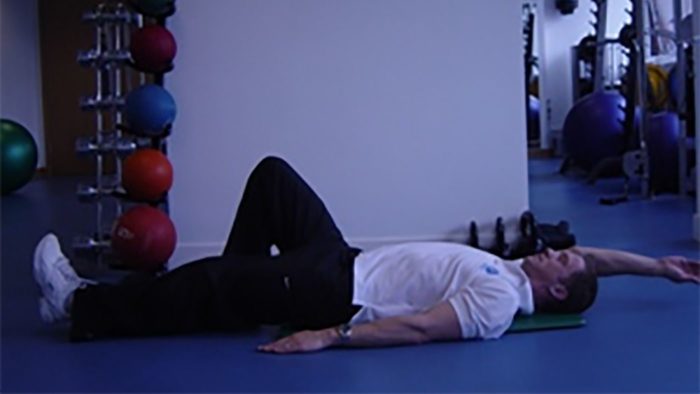
Position as above. Draw in your lower abdominals and slowly extend a leg, ensuring there is no change to your lumbar spine and pelvic position. Now slowly bend the leg back and repeat to the other side. Do 15 each side. Variations – as you extend a leg also extend the opposite arm above your head.
Seated hip flexion
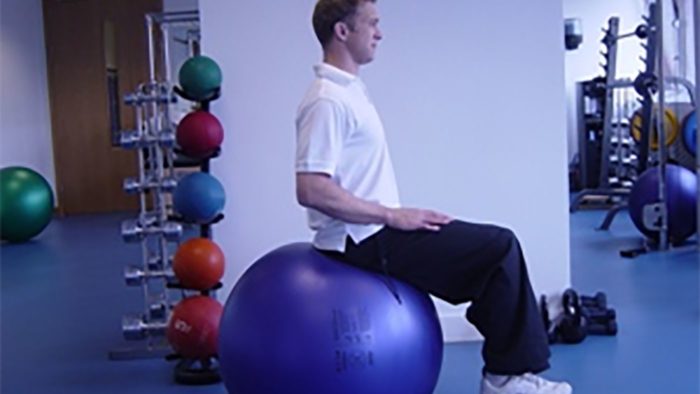
The aim of this exercise is to be able to flex your hip without any flexion of your lumbar spine as is desirable when you are cycling. Sit upright on a Swiss ball, this can also be done sitting a chair (easier version). Ensure that your knees and hips are at right angles. Draw in your lower abdominals and slowly lift a knee, whilst maintaining your lumbar lordosis, do not let your back move!! Lower the leg and alternate sides. Do 15 on each leg.
Plank – a more challenging exercise!

With all of your weight through your elbows and feet, ensure your back is again in a neutral position, don’t let your back sag and keep your buttocks low!! Draw in you abdominals and try and hold for a minute, repeat three times.
Flexibility
Stretching is also a very important component of any athletes training. This will be covered in more detail in a future edition.
Other factors
It must be remembered that your back pain may not only be caused by your cycling, but it may be due to other activities within your day. If you have a desk based job and sit incorrectly, this can also lead to low back pain. Ensuing you don’t slouch, by maintaining you lumbar lordosis is very important. There are many chairs around these days which do have this support build in, however by simply rolling up a towel and placing in behind you back, the same effect can be achieved. Other things worth considering are the quality of your bed, work place set up and if you are doing any repetitive lifting. If you are unsure these questions can be answered by your physiotherapist.
Physiotherapy
Ongoing back pain should be assessed by a physiotherapist. They will be able to assess your posture, flexibility and core stability. If there is stiffness within the spinal joints or trigger points with in muscles, these can be released. Corrective exercises can also be prescribed to address your core stability and any muscle imbalances that you may have. Above are only a snap shot of useful exercises and a physio will be able to tailor more specific exercises to your needs.
In most instances an X-ray is not required as this rarely changes the treatment approach, however your physio or GP will be able to advise you on this.
Physio4Life
Physio4Life is an award winning physiotherapy clinic priding itself in providing the very best diagnosis and treatment to ensure that athletes are able to return to everyday life with minimal disruption. Services on offer include sports injury specialists, sports massage, running biomechanics and video analysis, orthotics and footwear recommendations, core training and Pilates classes, and fitness testing. The long opening hours ensure appointments are available for even the busiest patients. Please contact them on 020 8704 5998 or see their website www.physio4life.co.uk for more information.

